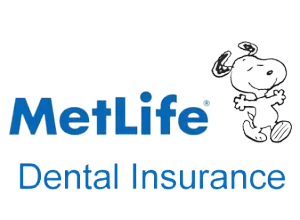Intraoral Dental Imaging In Santa Paula
Make A Quick Appointment
Make A Quick Appointment
Frequently Asked Questions

What is intraoral dental imaging?
Intraoral dental imaging involves the use of small cameras or X-ray sensors placed inside the mouth to capture detailed images of the teeth, gums, and other oral structures. This advanced technique is widely used in dental practices for accurate diagnosis and treatment planning. If you're looking for top-notch intraoral dental imaging in Santa Paula, you'll benefit from the precise and comprehensive insights it provides, ensuring optimal oral health care.

Why is intraoral imaging used in dentistry?
Intraoral imaging provides dentists with detailed views of the oral cavity, aiding in the diagnosis of dental issues such as cavities, gum disease, and structural abnormalities.

Is intraoral imaging safe?
Yes, intraoral imaging is generally safe. It uses low levels of radiation for X-rays, and the equipment is designed to minimize exposure. It is a valuable diagnostic tool with proven safety records.

How often are intraoral images taken during a dental visit?
The frequency of intraoral imaging varies, but it is typically part of routine dental check-ups. Dentists may recommend it more frequently based on individual oral health needs and concerns.
Intraoral Dental Imaging

Intraoral Dental Imaging Services
Intraoral Radiographs
Periapical Radiography
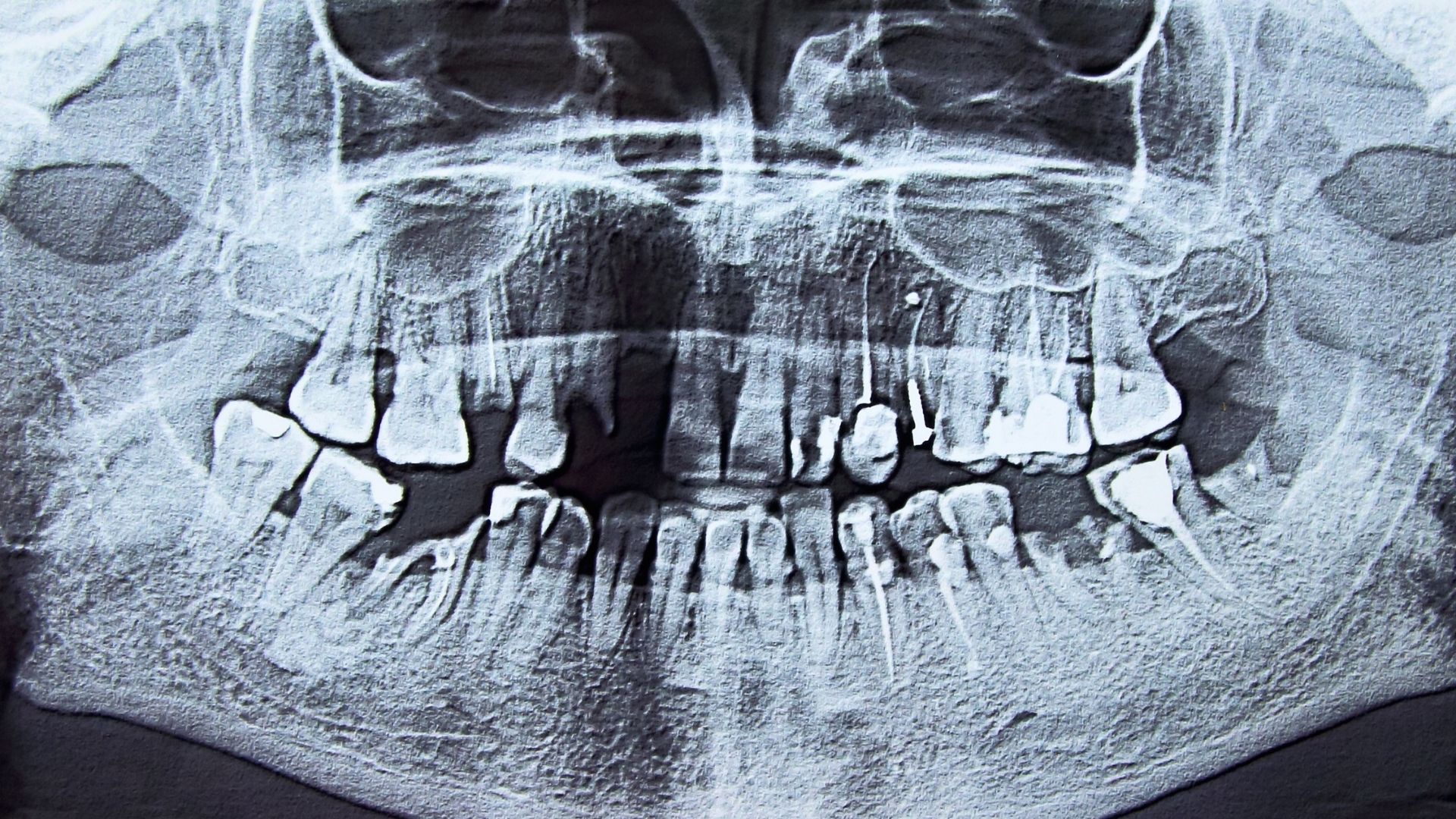
This type of radiography is one of the most requested. It is also known as dental radiography because thanks to it, you can observe the entire tooth from the tip of the root to the crown, which is the visible part in the mouth. From this radiographic image,you can evaluate the state of the tooth and its adjacent structures such as the bone around it and the supporting tissues. It is useful to determine the progress of tooth decay, the presence of pulp involvement, the presence and progress of any infection and to rule out any fracture or periodontal disease.
Bitewing Or Interproximal Radiographs
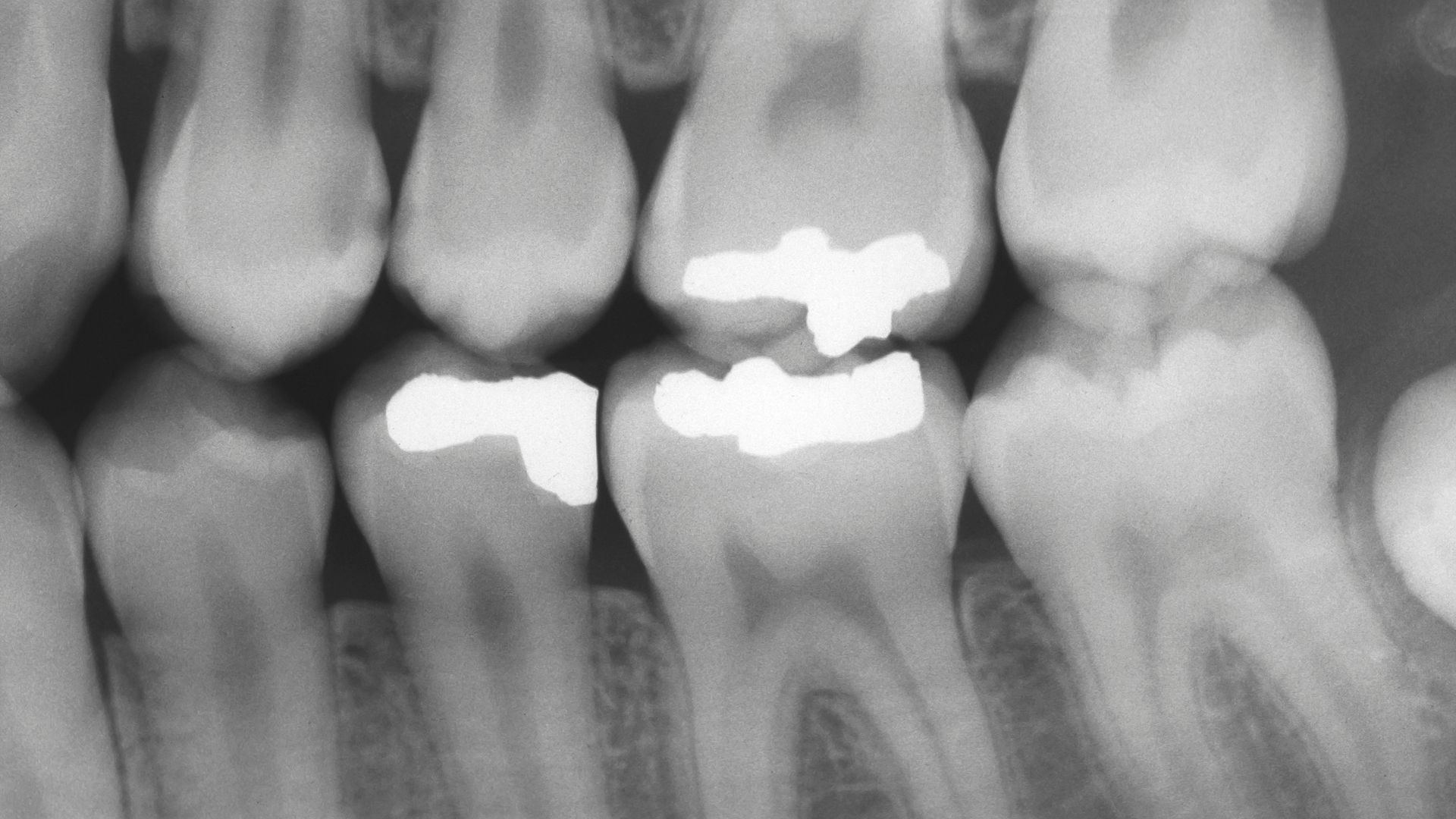
These are radiographs of the same size as the periapical type used with a different technique to obtain the intraoral images that will help us obtain information about a greater number of teeth, but only of the coronary portion of both dental arches; that is to say, of the upper and lower jaw. One of the main reasons for requesting this type of radiography is to determine the presence of dental caries between teeth, which is often difficult to diagnose in a clinical examination. It is also useful for the evaluation of the presence and progression of disease of the supporting structures (periodontium).
Occlusal Radiography
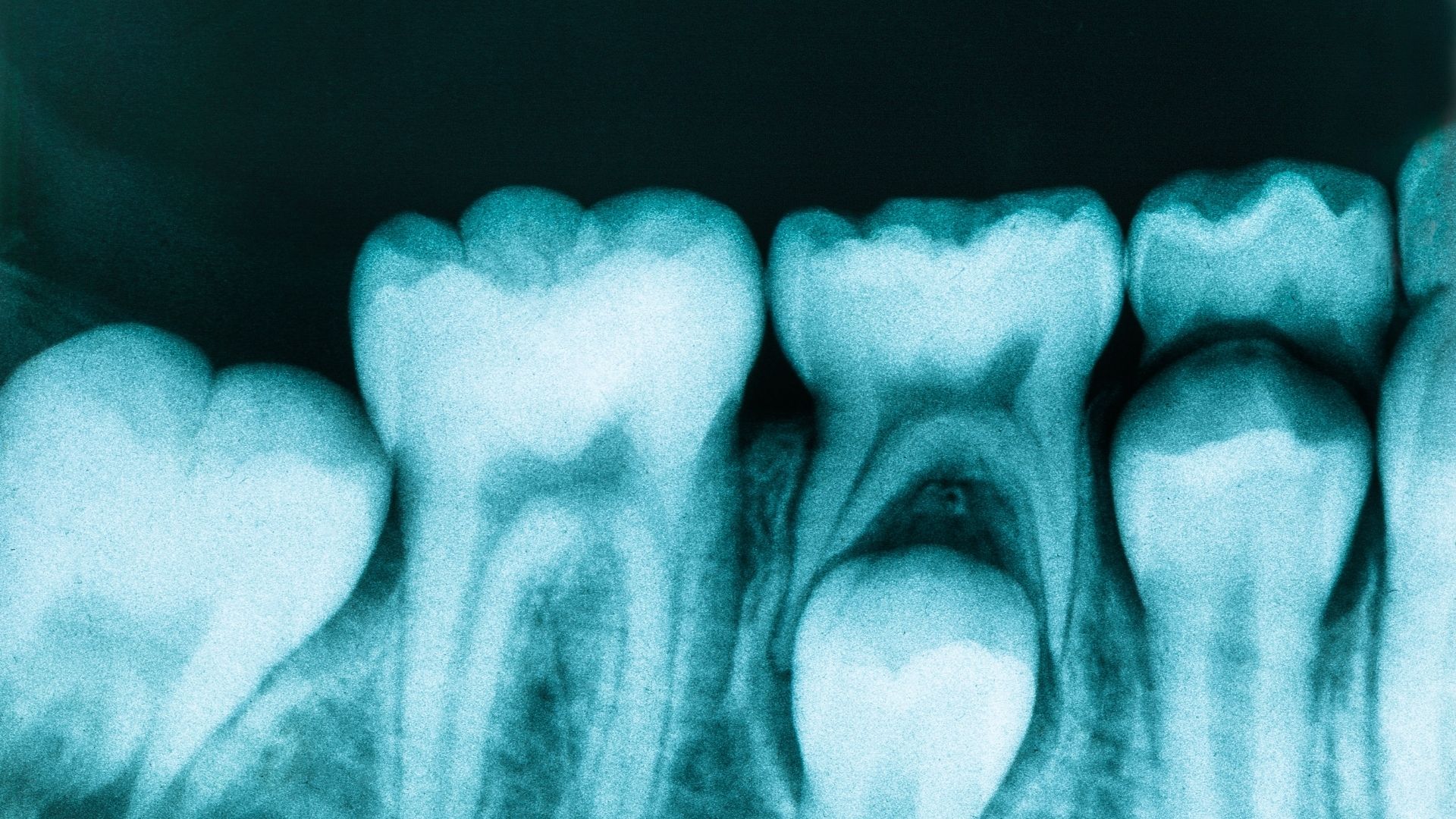
These radiographs are slightly larger compared to periapical radiographs. In order to obtain this intraoral image, a technique is used in which the patient bites the radiographic plate. With the radiograph, it is possible to evaluate the location of teeth that have not yet erupted in the mouth or those in a different position than normal.
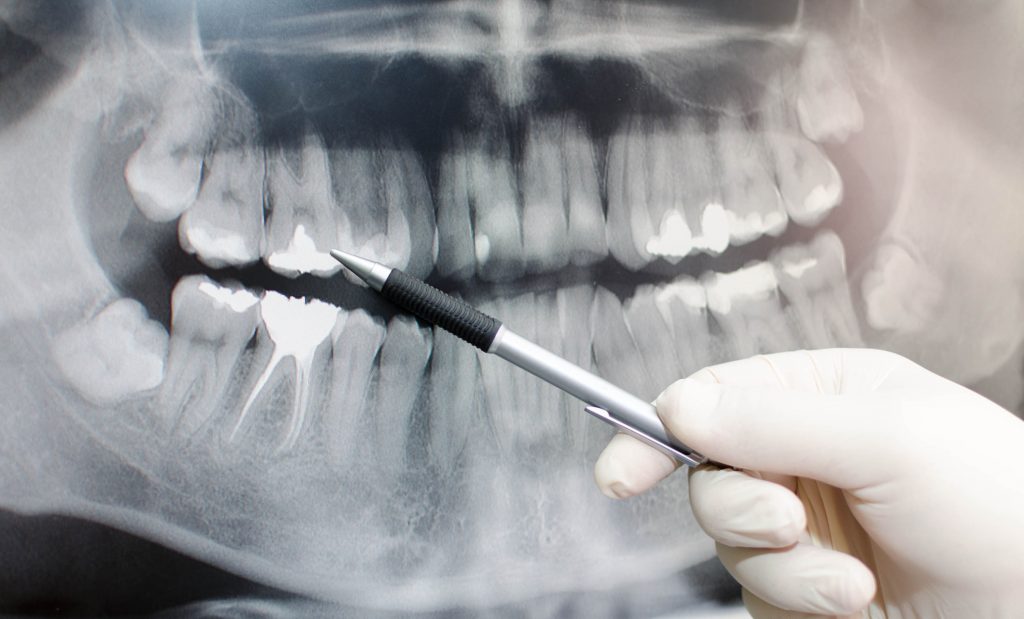
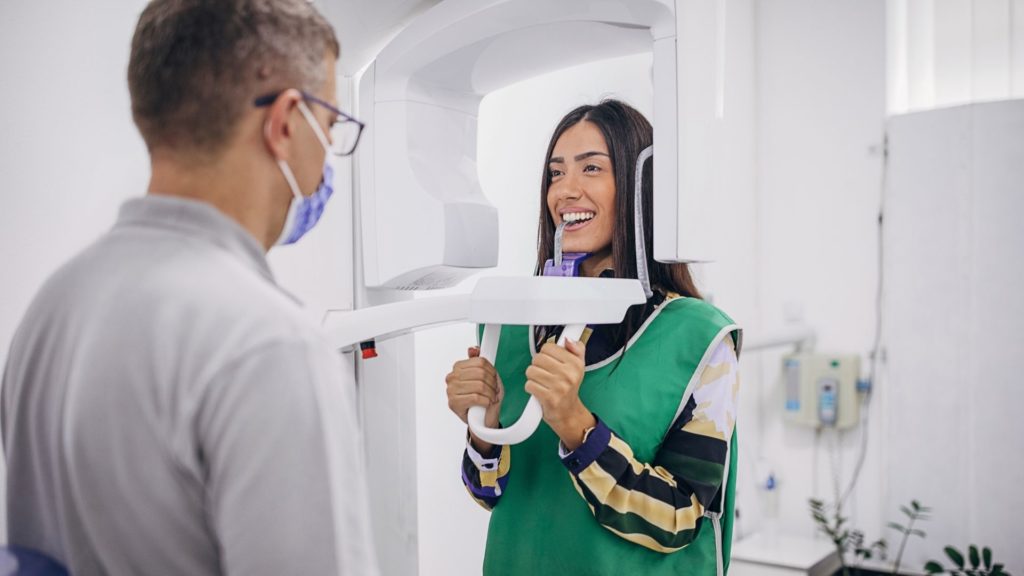
Extraoral Radiographs
Intraoral radiographs are not the only way to obtain dental images. There are also extraoral radiographs. Itt is already very common to obtain images through the use of cone beam computed tomography (CBTC); this type of image generates more information because the image is in different planes as a three-dimensional image (3D). An investigation published in the journal of oral and maxillofacial surgery, conducted by the academic and professional community of WHO determined that the use of cone beam tomography is safe since it ensures safety parameters for the patient in terms of radiation exposure.
The decision of what type of image to request depends on different factors but fundamentally is based on what is to be observed: the position of a tooth, the presence of periodontal disease, fractures, infections, and the evaluation of any treatment, among others. It is important to emphasize that dental x-ray examinations are safe according to the American Dental Association (ADA) since they have a very low level of radiation exposure, which makes the risk of possible harmful effects very small. When considering Santa Paula dental care, trust in our expertise for your dental imaging needs.
Why Choose Channel Islands Family Dental Office?
Schedule Your Appointment In 4 Easy Ways
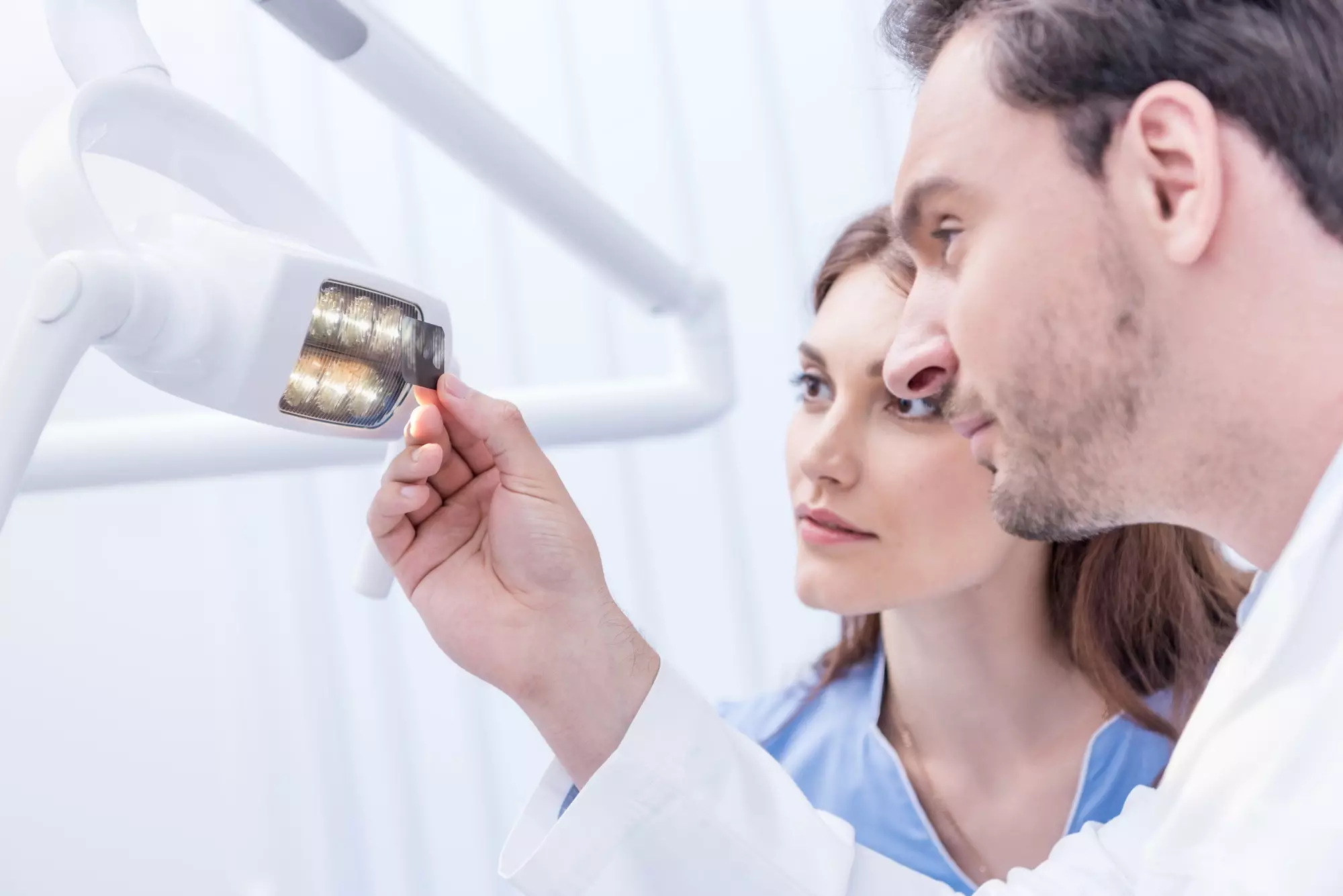
Intraoral Dental Imaging Technology
Intraoral Dental Imaging. Technology in the dental field has been evolving over time, helping both the dentist and the patients obtain better diagnoses in less time and within everyone’s reach.
Intraoral Scanning
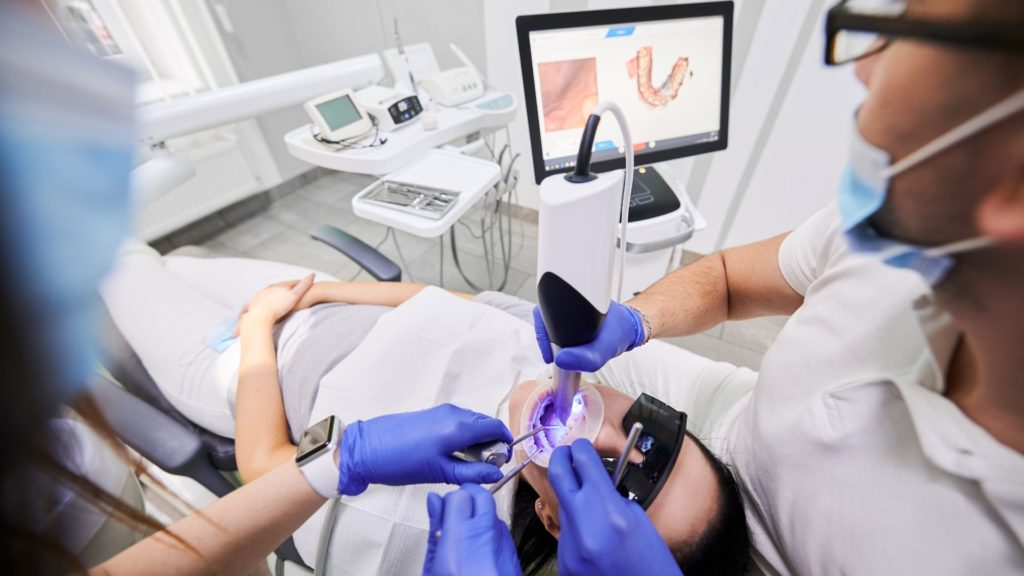
Intraoral Dental Imaging In Santa Paula
Financing Options
Payment plans as low as 99/month (*on approved credit)



Our Location
We have the experience and expertise to deliver high quality dental specialty care. Contact us today with your dental questions or to schedule your appointment.
Office Hours
| Monday – Friday | 9:00am – 6:00pm |
Phone Number
















